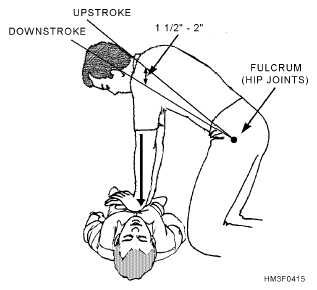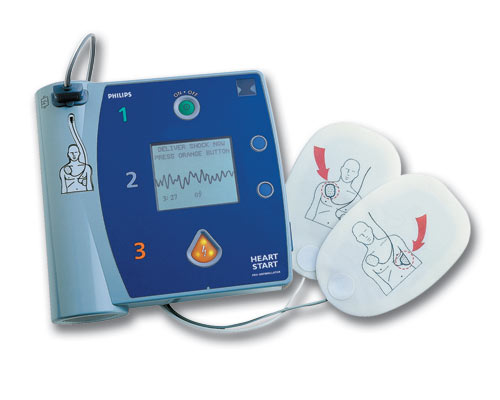D-Danger
- Witnessed or unwitnessed an unconscious victim
- Look for any danger, look out for blood spills, sharps, electric wire, unsteady beds, trolleys.
- Wear Personal Protective Equipment if available
- Make sure the victim and any bystanders are safe
R-Responsiveness
- Shake or tap the victim on the shoulders and ask loudly "Hello. Are you okay"
S-Shout
- Call for help.
- Dial emergency number, call for ambulance and bring AED (Automated External Defibrillator)
A-Airway
- Open the airway using " Head tilt chin lift" technique or "Jaw Thrust" if cervical spine injury is suspected
- This lifts the tongue off the back of the throat, opening up the airway

B-Breathing
- Look for normal breathing in not more than 10second.
- Start Chest Compressions (Cardiopulmonary Resuscitation (CPR)) if the victim not breathing.

C-Circulating
- Start high quality chest compressions."Push hard, push fast"
- Middle chest, depth not less than 5cm, rate of not less than 100/min, full recoil.
- After 30 compressions, proceed with 2 ventilations (Each breath over 1 second, just enough to see chest rise).
- Ratio compressions to ventilation 30:2 in 1 cycle
- Check pulse at Carotid Artery after complete 5 cycle, continue CPR if no pulse is present.
D-Defibrillation

- Attach AED as available without interupting compressing
- Follow AED promptly, manual defibrillator "Shock" if VF/VT rhythm recognized.
- Shockable rhythm: Give 1 shock, resume CPR immediately for 2 minutes.
- Non Shockable rhythm: Resume CPR immediately for 2 minutes.
- Check rhythm every 2 minutes.

Reference:
American Heart Association (AHA)
National Committee on Resuscitation Training (NCORT)